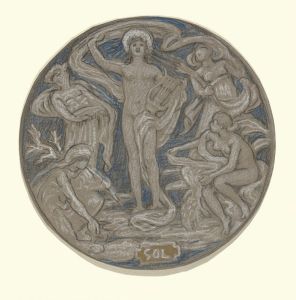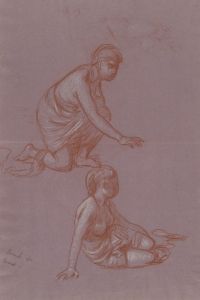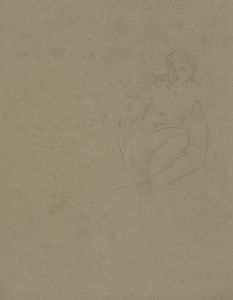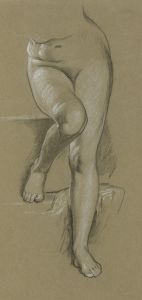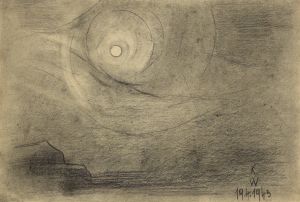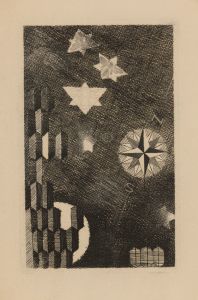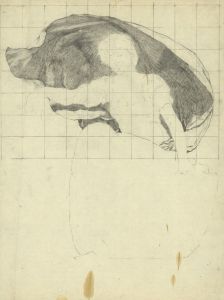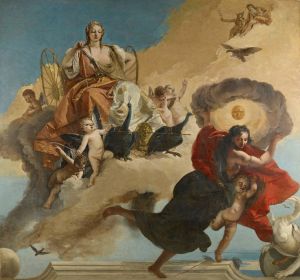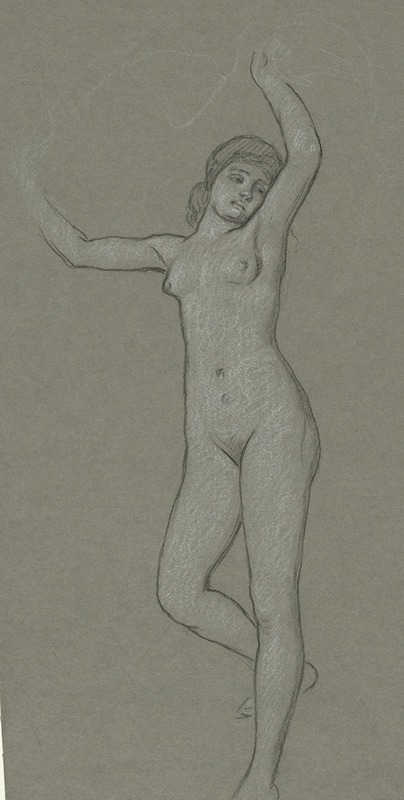
Study for Figure of Luna
A hand-painted replica of Elihu Vedder’s masterpiece Study for Figure of Luna, meticulously crafted by professional artists to capture the true essence of the original. Each piece is created with museum-quality canvas and rare mineral pigments, carefully painted by experienced artists with delicate brushstrokes and rich, layered colors to perfectly recreate the texture of the original artwork. Unlike machine-printed reproductions, this hand-painted version brings the painting to life, infused with the artist’s emotions and skill in every stroke. Whether for personal collection or home decoration, it instantly elevates the artistic atmosphere of any space.
Elihu Vedder was an American symbolist painter, born on February 26, 1836, in New York City. He is best known for his allegorical works and his association with the American Renaissance movement. Vedder spent a significant portion of his career in Italy, where he was influenced by the classical art and mythology that permeated the region. His works often explore themes of mysticism, mythology, and the human condition.
"Study for Figure of Luna" is one of Vedder's notable works, showcasing his interest in mythological subjects. Luna, in Roman mythology, is the goddess of the moon, equivalent to the Greek goddess Selene. She is often depicted as a beautiful woman driving a chariot across the night sky. Vedder's study captures the ethereal and serene qualities associated with the goddess, reflecting his fascination with the mystical and the divine.
The study is a preparatory work, which means it was likely created as part of Vedder's process of developing a larger, more finished piece. Artists often create studies to experiment with composition, form, and lighting before committing to a final version. This practice allows them to explore different ideas and refine their vision. In the case of "Study for Figure of Luna," Vedder would have been focused on capturing the essence of the goddess, experimenting with how best to portray her divine and celestial nature.
Vedder's technique in this study would have involved careful attention to detail and a delicate handling of light and shadow. His use of soft, flowing lines and subtle contrasts would have been aimed at conveying the gentle luminosity associated with the moon and its goddess. The study likely features Luna in a contemplative pose, embodying both grace and mystery, which are characteristic of Vedder's style.
Elihu Vedder's works, including "Study for Figure of Luna," are part of a broader tradition of 19th-century art that sought to blend classical themes with contemporary artistic techniques. His paintings often reflect a deep engagement with literature, philosophy, and the spiritual inquiries of his time. Vedder's art is noted for its symbolic depth and its ability to evoke a sense of wonder and introspection.
Throughout his career, Vedder received recognition for his contributions to the art world, and his works have been exhibited in various prestigious institutions. His legacy is preserved in collections that celebrate the intersection of myth and art, and his studies, such as "Study for Figure of Luna," continue to be appreciated for their artistic and historical significance.
While specific details about the dimensions, medium, and current location of "Study for Figure of Luna" might not be widely documented, Vedder's broader body of work remains influential. His ability to capture the mystical qualities of his subjects ensures that his art continues to resonate with audiences, offering a glimpse into the rich tapestry of myth and imagination that defined his artistic vision.








